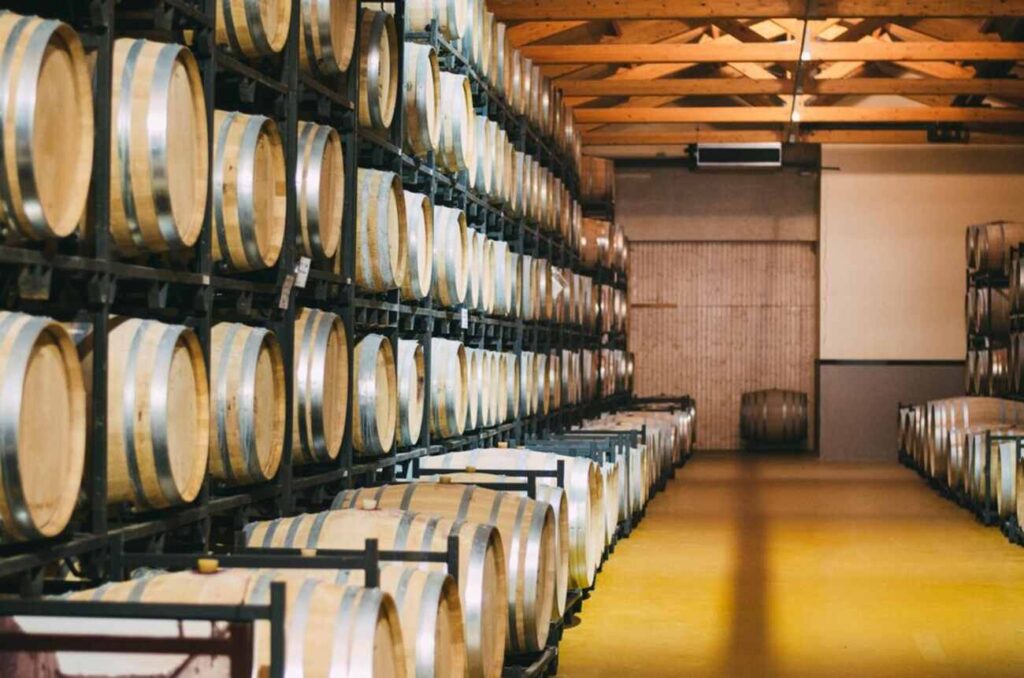At Protea Financial, we understand that for wineries with multiple vineyard sites, the Profit and Loss (P&L) statement can quickly become a complex web of revenues and expenses. While each vineyard contributes to your overall production, understanding the individual financial performance of each site is crucial for informed decision-making, resource allocation, and ultimately, maximizing profitability.
Effectively managing P&L across multiple vineyards requires a strategic approach and robust accounting practices. Let the experts here at Protea Financial jump into the complexities involved and provide valuable insights into how you can navigate them successfully.
The Challenge of Tracking Profitability Across Multiple Vineyards
Operating a winery with multiple vineyards presents a unique set of accounting challenges. Each vineyard likely has its own distinct characteristics, including soil composition, microclimate, varietals planted, and associated costs.
Simply aggregating all revenue and expenses at the winery level can mask significant variations in profitability between different vineyard sites. Without a clear understanding of each vineyard’s individual financial performance, you might be making decisions based on an incomplete picture, potentially underutilizing high-performing sites or continuing to invest in less profitable ones.
The complexity arises from the need to accurately allocate various costs and revenues to each specific vineyard. This includes not only direct costs like vineyard labor, fertilizers, pesticides, and irrigation but also indirect costs such as shared equipment depreciation, management overhead, and even a portion of the winery’s general operating expenses. Furthermore, tracking the revenue generated from wines produced using grapes from specific vineyards adds another layer of complexity, especially if blends incorporate fruit from multiple sites.
Why Individual Vineyard P&L Analysis is Essential
Despite the challenges, effectively managing P&L at the individual vineyard level offers significant benefits:
- Identifying Profitability Drivers: By analyzing the P&L for each vineyard, you can pinpoint which sites are the most profitable and understand the factors contributing to their success, such as grape quality, yield, and cost efficiency.
- Optimizing Resource Allocation: Understanding the financial performance of each vineyard allows you to make informed decisions about where to allocate resources, such as capital improvements, labor, and operational expenses, to maximize overall returns.
- Informed Vineyard Management Decisions: P&L analysis can highlight areas where costs are high or yields are low for specific vineyards, prompting a review of viticultural practices to improve efficiency and profitability.
- Strategic Pricing and Product Mix Decisions: Knowing the cost of grapes from each vineyard allows you to make more informed decisions about pricing different wines and determining the optimal blend composition to maximize profitability.
- Land Management and Investment Strategies: Individual vineyard P&L data can inform long-term decisions about vineyard expansion, replanting, or even the potential sale of underperforming sites.
- Performance Evaluation: Tracking the P&L of each vineyard over time allows you to evaluate the effectiveness of different vineyard management strategies and identify areas for continuous improvement.

Key Steps to Effectively Managing P&L Across Multiple Vineyards
Effectively managing P&L for wineries with multiple vineyards requires a systematic approach and the implementation of robust accounting practices. Here are the most important steps to get this process going efficiently.
Establish a Clear Chart of Accounts
Your chart of accounts should be structured to allow for the detailed tracking of revenue and expenses at the individual vineyard level. This might involve creating specific accounts for each vineyard for direct costs like labor, supplies, and maintenance.
Implement a Robust Cost Allocation System
Develop a clear and consistent methodology for allocating both direct and indirect costs to each vineyard. Direct costs should be easily traceable, while indirect costs might need to be allocated based on factors like acreage, production volume, or labor hours. Document your allocation methods thoroughly to ensure consistency.
Track Revenue by Vineyard Source
Implement a system to track the volume and value of grapes harvested from each vineyard and, where possible, link the revenue generated from specific wines back to the contributing vineyard sites. This can be more complex for blended wines but is crucial for understanding the true profitability of each vineyard’s fruit.
Utilize Granular Data Tracking
Employ detailed data tracking systems in your vineyard operations. This includes recording labor hours spent on each vineyard, the quantity and cost of materials used, and the yield and quality of grapes harvested from each site. This granular data is essential for accurate cost allocation and performance analysis.
Leverage Technology and Accounting Software
Utilize accounting software that allows for the creation of separate profit centers or segments for each vineyard. This enables you to generate individual P&L statements for each site and track their performance over time. Consider vineyard management software that can integrate with your accounting system to streamline data flow.
Develop Meaningful Reporting
Create regular P&L reports for each vineyard, comparing actual results to budgets and prior periods. These reports should highlight key performance indicators (KPIs) such as revenue per acre, cost per ton of grapes, and gross profit margin per vineyard.
Analyze Variances and Investigate Discrepancies
Regularly review the P&L reports for each vineyard and investigate any significant variances from budget or prior performance. Understanding the reasons behind these variances is crucial for identifying areas for improvement.
Foster Collaboration Between Vineyard Management and Accounting Teams
Effective managing P&L requires close collaboration between your vineyard management and accounting teams. Regular communication and shared understanding of data are essential for accurate cost allocation and insightful analysis.
Regularly Review and Refine Your System
Your system for managing P&L across multiple vineyards should be a living document. Regularly review its effectiveness and make refinements as your operations evolve or new insights emerge.

The Role of Protea Financial in Simplifying P&L Management
At Protea Financial, we have extensive experience working with wineries that operate multiple vineyard sites. We understand the unique complexities involved in managing P&L in this environment and can provide valuable support by:
- Designing and implementing a tailored chart of accounts to facilitate vineyard-level tracking.
- Developing and documenting robust cost allocation methodologies.
- Assisting with the integration of vineyard management software with your accounting system.
- Generating insightful P&L reports for each vineyard, along with key performance indicator analysis.
- Providing guidance on variance analysis and identifying areas for operational improvement.
- Facilitating communication and collaboration between your vineyard and accounting teams.
- Offering ongoing support and expertise to refine your P&L management system as your business grows.
Effectively managing P&L across multiple vineyards is not just an accounting exercise. It’s a strategic imperative for maximizing your winery’s profitability and ensuring its long-term success.
By implementing the right systems and processes, and with the support of experienced financial professionals like Protea Financial, you can gain the clear financial insights needed to make informed decisions and cultivate a thriving and profitable wine business. Contact Protea Financial today and let us show you how we can help with your P&L management.



